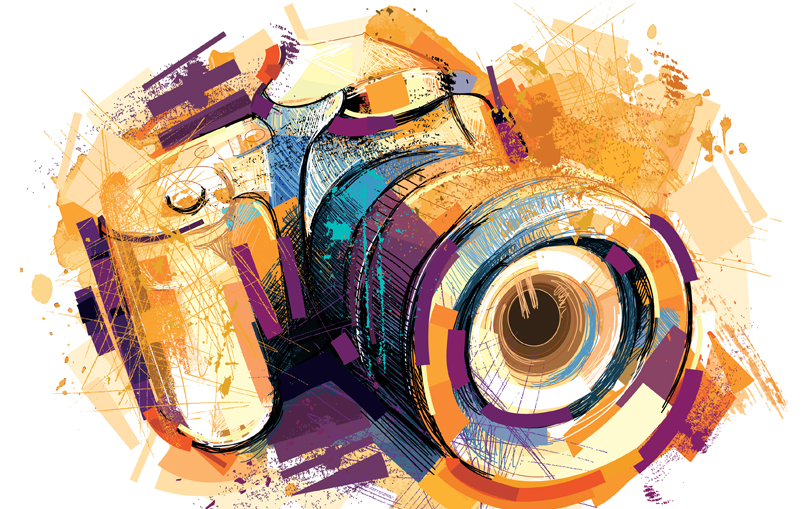
The Psychology of Colors Part 2
The nature of color has long been a source of philosophical debate. Color is an ideal option for philosophical thought because of its fundamental position in our lives- in visual perception, in art, and as a metaphor for emotions. Color conveys a lot of information. When people say things like “I’m feeling blue,” or “She was red hot, she was so upset,” it has the capacity to describe moods and feelings.
Colors are optimized to enhance our surroundings in our daily life. Color allows customers to express themselves and their personalities.
The Color Purple
Purple is a rare and exciting color since it occurs so rarely in nature. Purple is a combination of blue’s serene steadiness and red’s ferocious energy. Purple is frequently associated with royalty, nobility, wealth, influence, and aspiration. Purple has a number of psychological and physiological effects, including raising spirits, soothing the mind and nerves, heightening sacredness, sensitivity, and fostering imagination and creativity. Purple robes have been used by monarchs and others of great rank throughout history. Many people believe this since purple is one of the most expensive color dyes to make due to its rarity in nature. Irritability, impatience, and arrogance are all attributes that are brought out by too much purple.
The Color Yellow
Yellow is a vibrant and vivid color, which may explain why it evokes such strong emotions. Yellow attracts attention immediately, but it can also be harsh if applied excessively. Although it appears warm and bright, it can cause optical fatigue. The color yellow, which conjures images of sunshine, hope, and happiness, has contradictory connotations. Yellow denotes both freshness, happiness, positivity, clarity, energy, and optimism on the one hand and cowardice and deception on the other. The yellow that is dull or dingy can symbolize caution, disease, or jealousy. When yellow is used excessively, it can be unsettling. It has been proved, for example, that babies scream more in rooms painted yellow. Too much yellow can make it difficult to concentrate and accomplish a task.
The Color Grey
Grey is a color that is calm, neutral, and well-balanced. Grey is a somber, emotionless color that conjures up images of dullness and filth, as well as formality, conservatism, and sophistication. It is morally ambiguous and impartial. Grey is a color that is frequently neglected, but when you look closer, it is a fascinating color. Grey has a less prominent physical influence than other colors, yet it has a calming effect on other hues as well as our moods. It’s peaceful and detached, but too much grey, especially a dark grey, can be gloomy.
The Color Black
For each person, black might have a different symbolic meaning, and each person will react differently to its hue. Black has a way of balancing your house, business, and other places. Strength, riches, elegance, intelligence, seriousness, negativity, evil, the unknown, formality, death, and power are all linked with the color black. Black is a color associated with water in China, as well as a color associated with bad luck. In Japanese culture, black belts in martial arts are considered a color of experience and mastery. In Christianity, before God created light, black was the hue used to describe the universe, and “The Prince of Darkness” is a term used to describe the Devil.




This Post Has 0 Comments